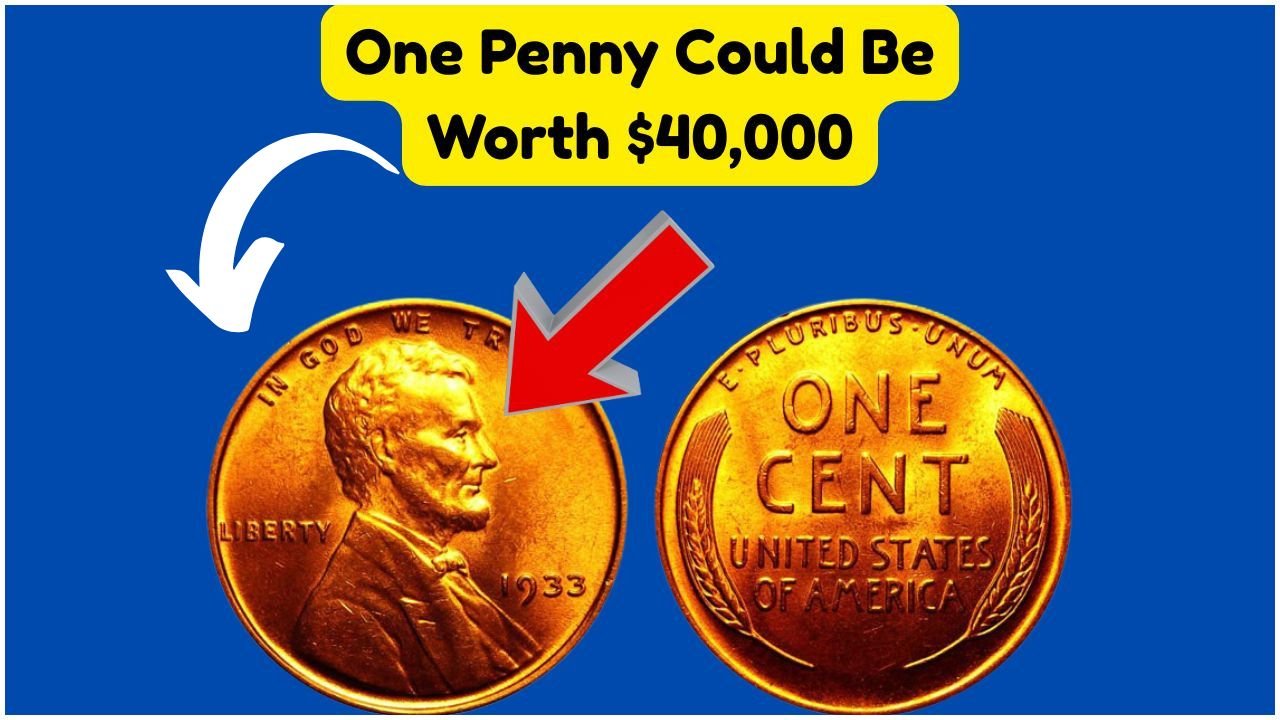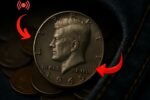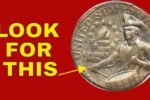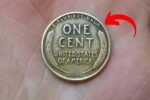The Lincoln Cent: Every day, millions of Americans handle pocket change without a second thought. But hidden among the ordinary Lincoln pennies in circulation could be a rare coin worth $40,000 or more—and you might have one in your wallet or piggy bank right now.
Historical Significance of The Lincoln Cent
| Year | Mint Mark | Design | Material | Rarity | Condition | Value | Significance |
|---|---|---|---|---|---|---|---|
| 1909 | VDB | Lincoln | Bronze | Rare | Excellent | $40,000 | First design |
| 1943 | Steel | Lincoln | Steel | Common | Good | $1,000 | Wartime change |
| 1955 | Double Die | Lincoln | Bronze | Rare | Excellent | $20,000 | Mint error |
| 1969 | S | Lincoln | Bronze | Very Rare | Mint | $30,000 | Mint error |
| 1972 | Double Die | Lincoln | Bronze | Rare | Good | $5,000 | Mint error |
| 1983 | Double Die | Lincoln | Zinc | Uncommon | Mint | $2,500 | Mint error |
| 1992 | Close AM | Lincoln | Zinc | Extremely Rare | Mint | $25,000 | Design error |
| 2009 | All | Lincoln | Various | Common | Mint | $10 | Anniversary |
The 1982-D Small Date Copper Lincoln Cent: A Hidden Treasure
Most Lincoln cents minted after 1982 are made of zinc with a thin copper coating, but a small number of 1982-D pennies were mistakenly struck on the older 95% copper planchets. These rare coins are highly sought after by collectors, with some selling for $15,000 to $40,000 in top condition.
How to Identify the Rare 1982-D Copper Penny
- Check the Date & Mint Mark – Look for a 1982 penny with a “D” mint mark (from the Denver Mint).
- Weigh It – A copper penny weighs 3.11 grams, while a zinc penny weighs 2.5 grams. Use a precision scale to confirm.
- Examine the Date Font – The rare variety has a “Small Date” (compare it to a normal 1982 penny to spot the difference).
Understanding Mint Errors and Their Impact
| Mint Error | Description | Value Impact |
|---|---|---|
| Double Die | Misalignment causing a doubled image | Significant increase |
| Off-Center Strike | Image struck off-center, partial design visible | Moderate increase |
| Wrong Planchet | Coin struck on incorrect metal planchet | Major increase |
| Transitional Error | Coin struck with previous year’s design or metal | High increase |
| RPM (Repunched Mintmark) | Mintmark punched multiple times | Variable increase |
Why Is This Penny So Valuable?
- Extremely Low Mintage – Only a few copper 1982-D pennies were accidentally made before the switch to zinc.
- High Demand Among Collectors – Coin enthusiasts and error collectors pay top dollar for these rare finds.
- Condition Matters – Uncirculated examples can fetch $30,000-$40,000, while worn ones still sell for thousands.
Kennedy Half Dollar Found in Time Capsule Is Worth More Than House
Could You Have One in Your Change?
Since these pennies look nearly identical to common zinc cents, many have gone unnoticed in circulation for decades. People have discovered them in rolls from banks, old coin jars, and even spare change at stores.
What to Do If You Find One
- Handle Carefully – Avoid cleaning or damaging the coin.
- Get It Certified – Have it authenticated by PCGS or NGC, the top coin grading services.
- Sell to a Reputable Dealer or Auction – Rare coin auctions can bring the highest prices.
Final Thought: Start Checking Your Pennies!
Most 1982 pennies are worth just one cent, but the rare copper 1982-D Small Date could be a life-changing find. Take a closer look at your spare change—you might just be sitting on a small fortune!
FAQ: The Lincoln Cent Worth $40,000 That’s Still Circulating in the U.S.
1. How do I spot the rare 1982-D copper penny?
- Look for a 1982 penny with a “D” mint mark
- Weigh it: 3.11g = copper (valuable), 2.5g = zinc (common)
- Check for a Small Date (compare to normal 1982 pennies)
2. Why is this penny worth $40,000?
The Denver Mint accidentally struck a few pennies on 95% copper blanks (instead of zinc) before switching metals. These rare errors are extremely valuable to collectors, especially in uncirculated condition.
3. Where could I find one?
- Your spare change (check every 1982-D penny!)
- Old coin jars or bank rolls
- Cash register reject bins (some slip through daily transactions)
Pro tip: Never clean a potential rare coin – damage kills its value! Get it graded by PCGS or NGC if you find one.




